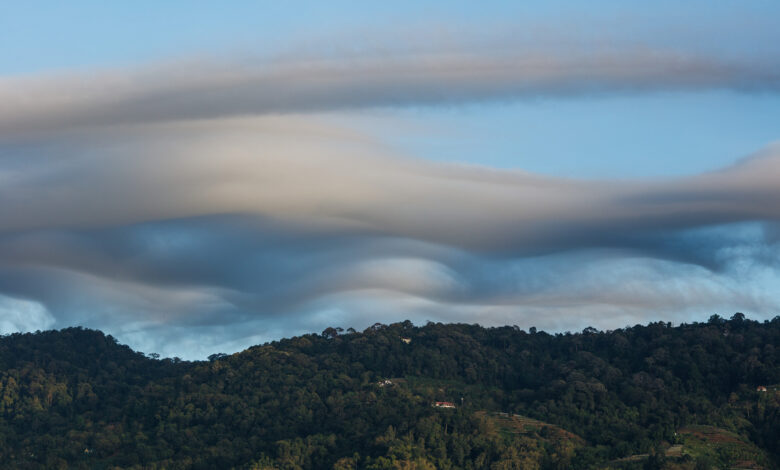Putting Generative AI and Editing Aside, Why Is It so Hard to Portray the Truth With Photography?

As far as we can recall, photography is often seen as a direct representation of reality. However, the truth is far more complex as we dive deeper to examine the underlying issue. The issue isn’t just about altering reality through manipulation with Photoshop or generating images with AI. Instead, I believe our societal expectations and perceptions have fundamentally altered how we view and interpret photographs.
Let’s take documentary photography, for example. By definition, it is a genre of photography aimed at capturing real-life events, environments, and situations truthfully and objectively. But in practice, many of these images are somewhat staged or controlled to some degree. For instance, adding a light source to get a better exposure of the subject in a backlit situation can raise questions about the authenticity of the image. The issue here isn’t so much about manipulation changes, but about whether the image truly represents reality.
When a partially staged scene is presented as a documentary, or when the presentation of reality is altered, it challenges our perception of truth. But we should also be aware that nobody sees the same way. Someone who is colorblind may not see certain colors, or someone with cataracts may see the world with lower contrast. So how do we know whose view accurately represents reality?
This brings the discussion to where tonal adjustments sit. Local tonal adjustments, such as dodging and burning, have been used since the early days of photography. Changing exposure to highlight certain elements or adjusting color tones can influence how an audience perceives a scene. Even viewing images on poorly calibrated monitors or in print with a limited color gamut is sufficient to distort reality. Not to mention the decision to present an image in black and white also affects its emotional impact. Therefore, are all these factors considered photo manipulation? The choice of medium has some level of influence on how we view an image. These factors alone are sufficient to highlight the gray area between manipulation and representation.
Photography, by its nature, is expected to be an accurate representation of reality. A photo of an apple is immediately recognized as such, even if spatial dimensions and size are not perfectly conveyed. Similarly, a photograph of an event is often accepted as a true record of that moment. But, in truth, framing and composition to a certain extent do introduce inherent bias. A photographer decides what to include and exclude, which can omit critical context and alter the viewer’s perception.
Limiting yourself to only photographing straight-out-of-camera JPEGs does not solve this issue either. The expectation that photographs are exact replicas of reality is flawed from the beginning. Instead, one of photography’s most compelling qualities is its ability to make us believe in the plausibility of its contents. This belief hinges on the suspension of disbelief, facilitated by perspective and lighting.
Traditionally, photojournalists have a responsibility to depict reality accurately. Yet, this quickly becomes subjective. What is reality, and whose perspective do we trust? Every image carries a message influenced by the photographer’s own thought process and point of view. This subjectivity means that no photograph can truly represent reality. Therefore, the focus should be on the underlying message that it is representing. Photographs are often believed to represent reality to a general audience, but trust issues arise when manipulated or generated images are presented as truths.
In conclusion, the challenge of portraying the truth with photography is deeply rooted in our expectations and perceptions. No medium can be entirely objective, and photographs are no exception, as they require processing by the photographer and interpretation that is influenced by the observer’s perspective. As viewers, we can only overcome this challenge by critically considering the underlying message and context of each image. How do you interpret the truth in photography, and what influences your perception of reality?



